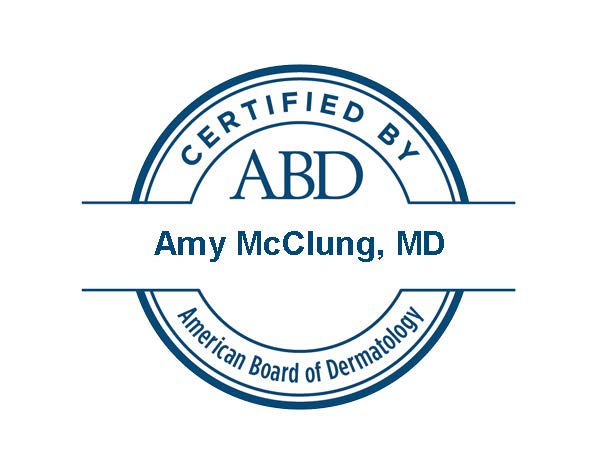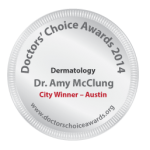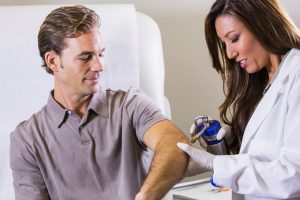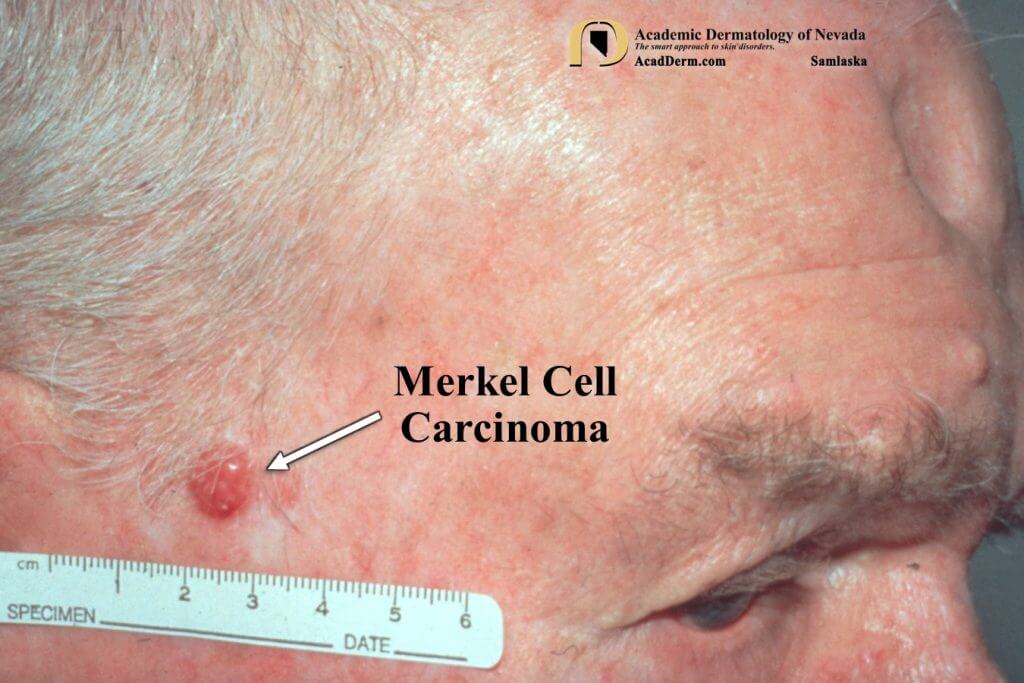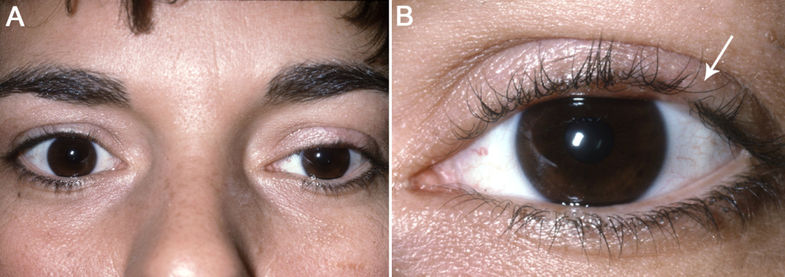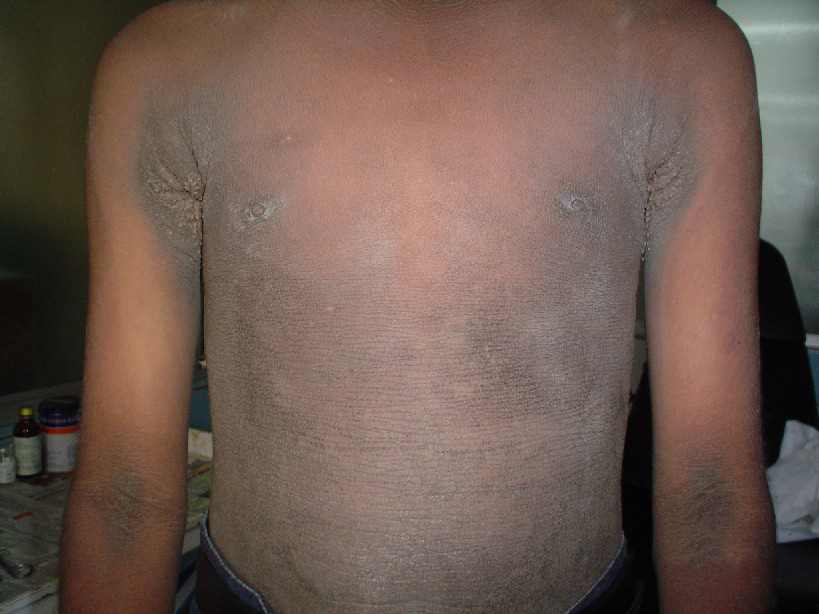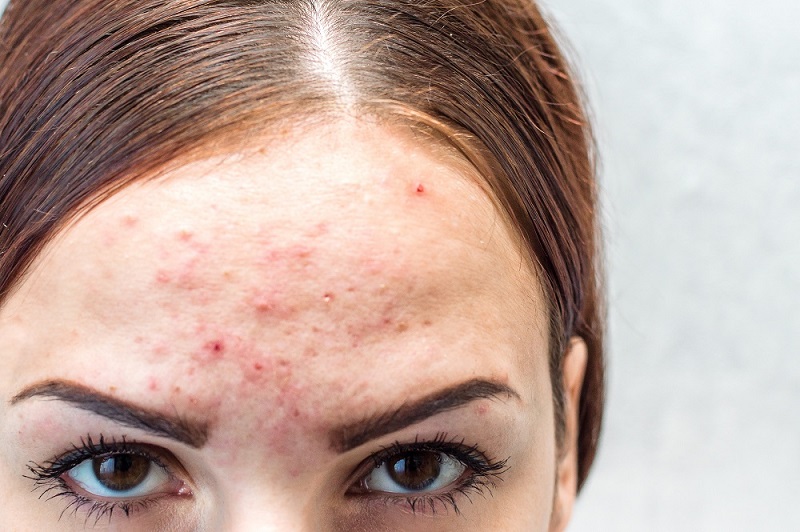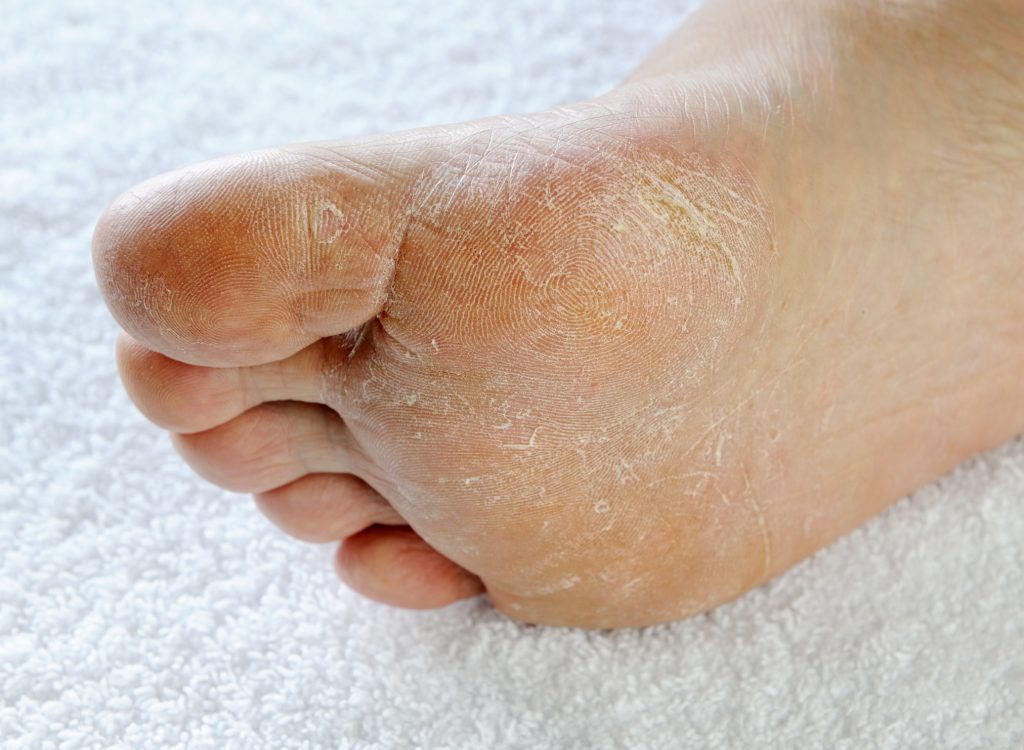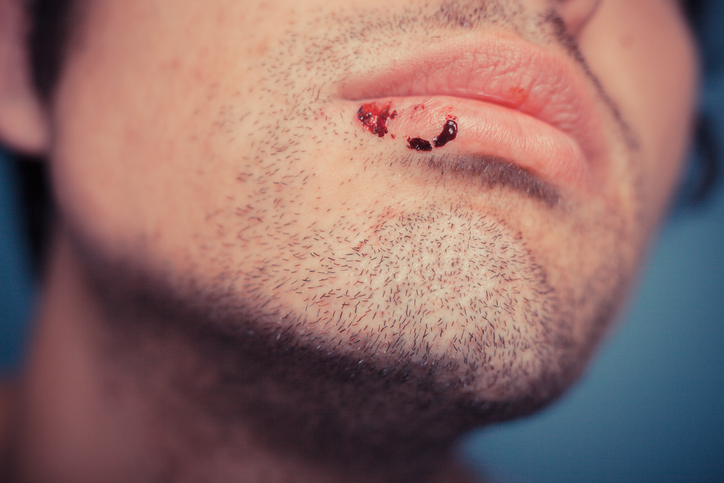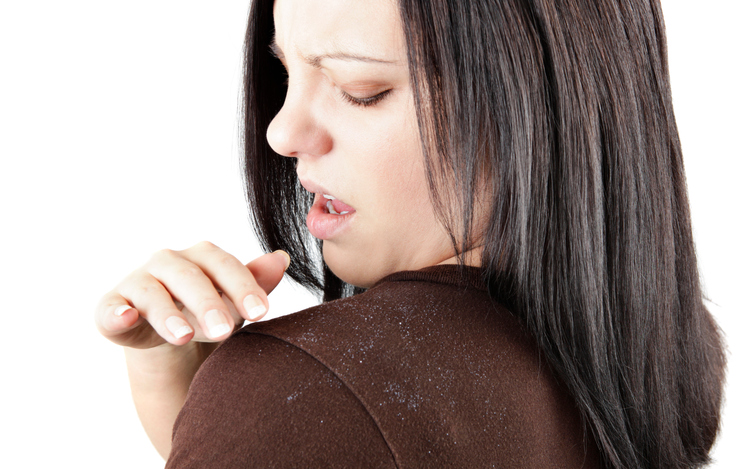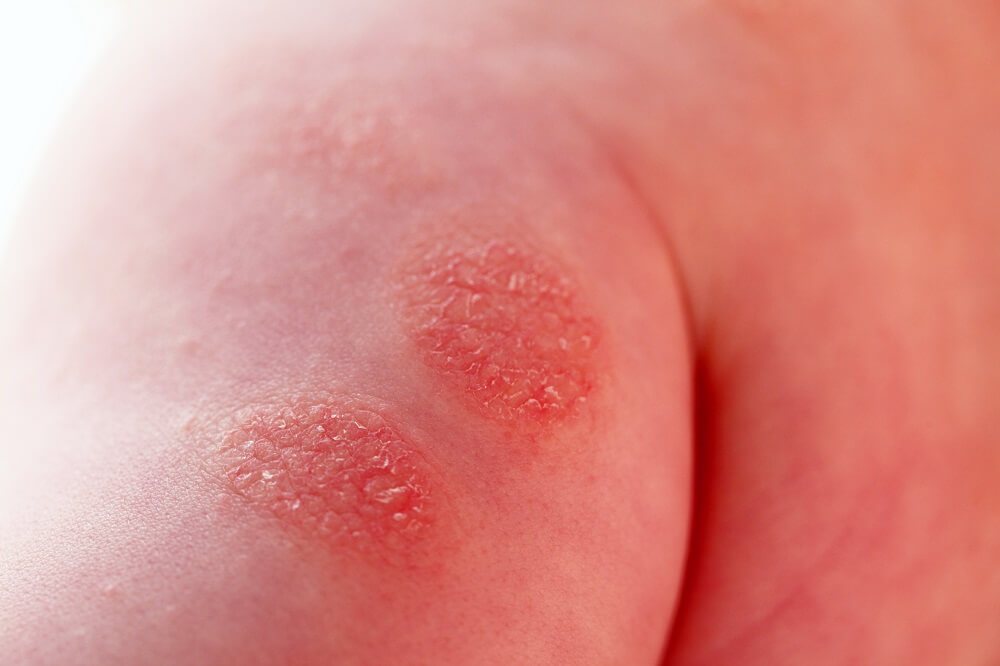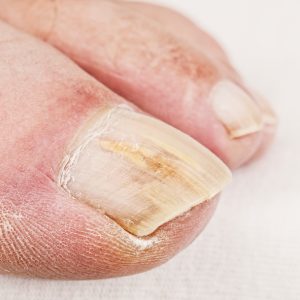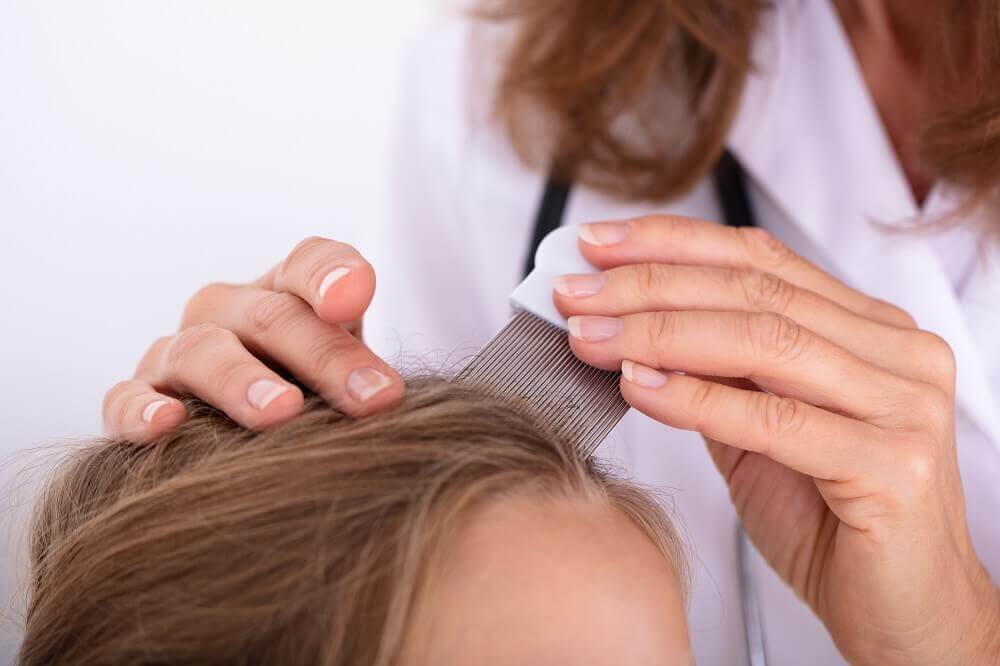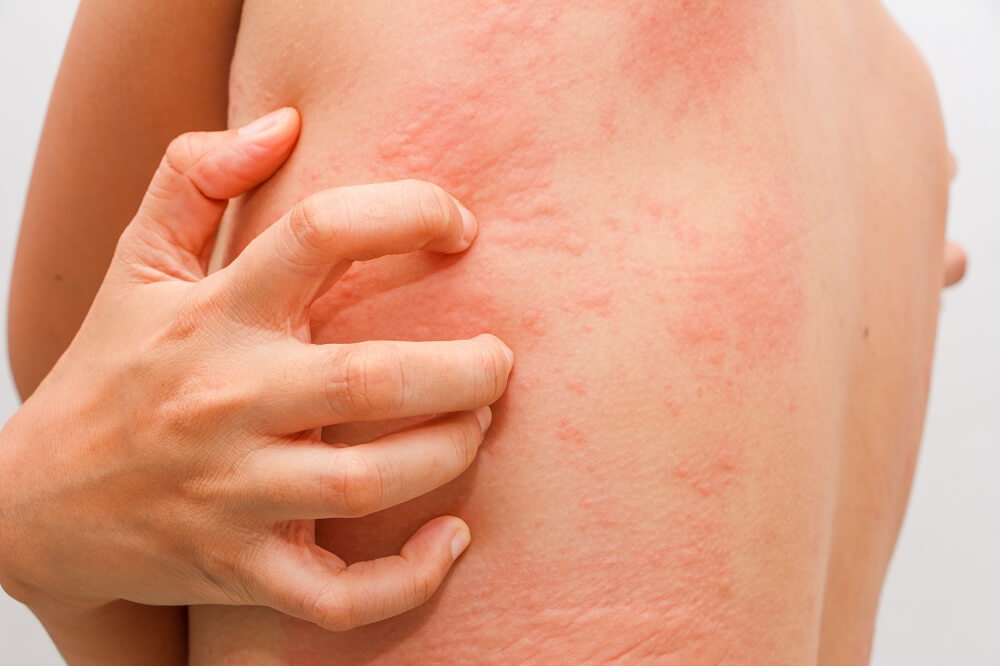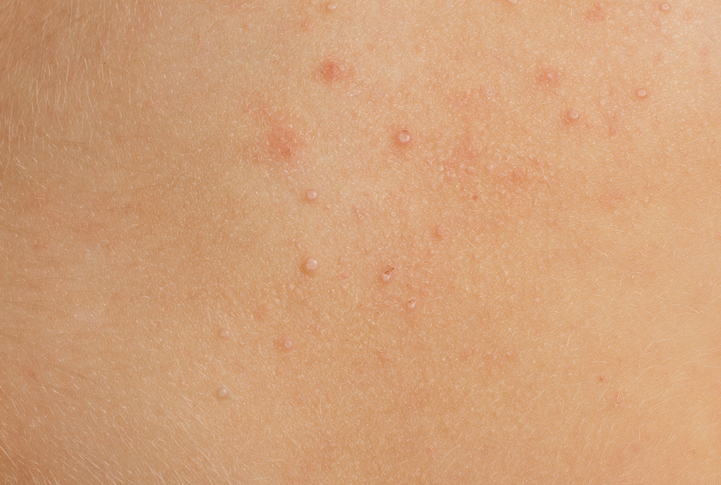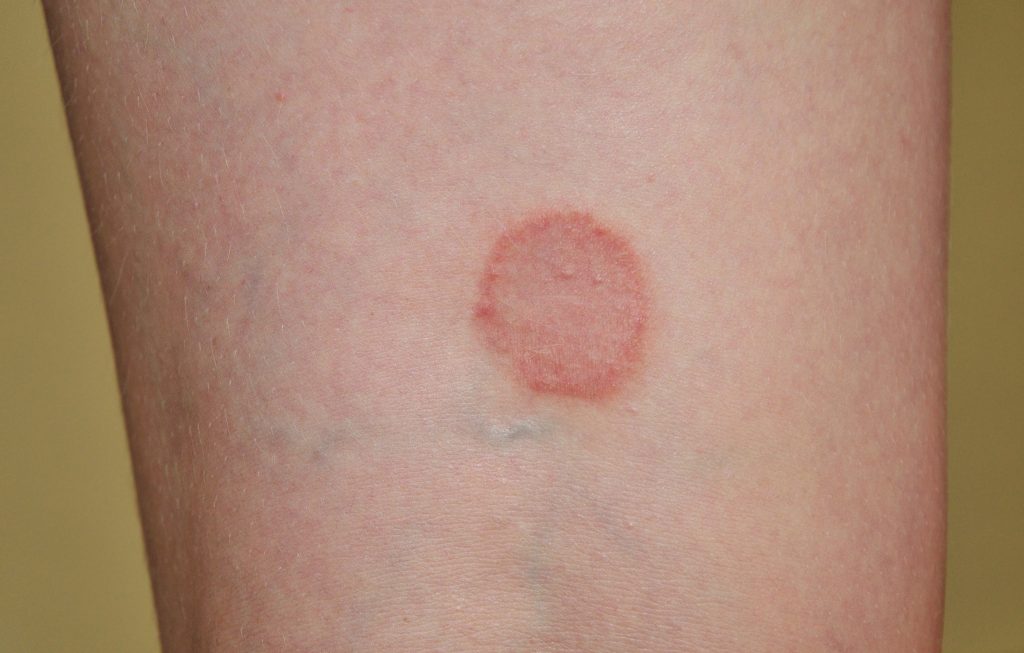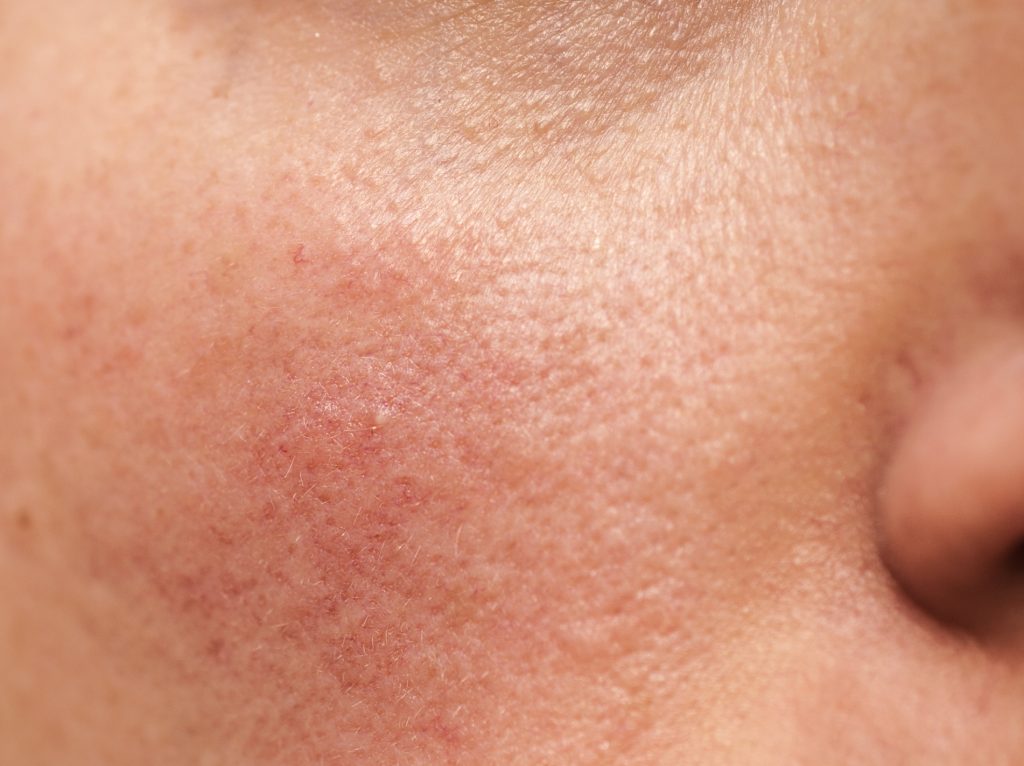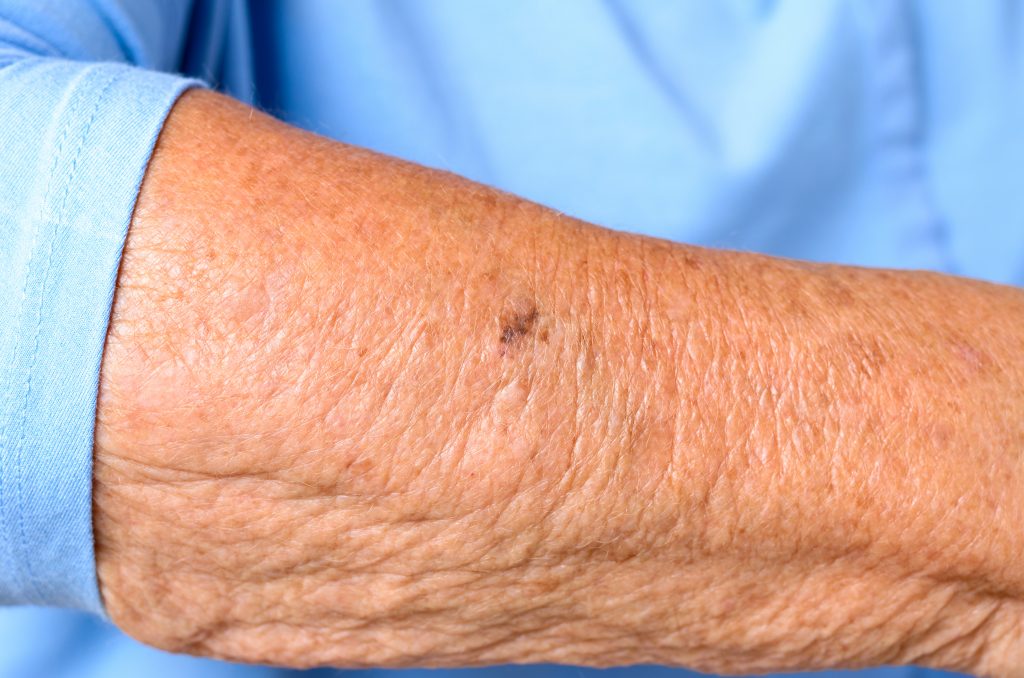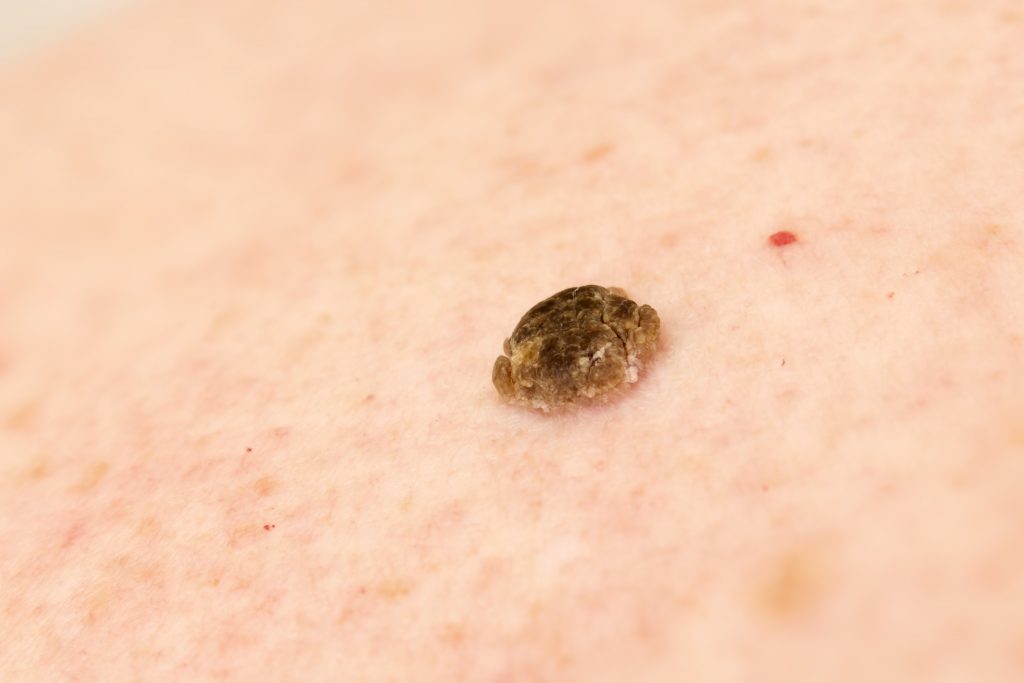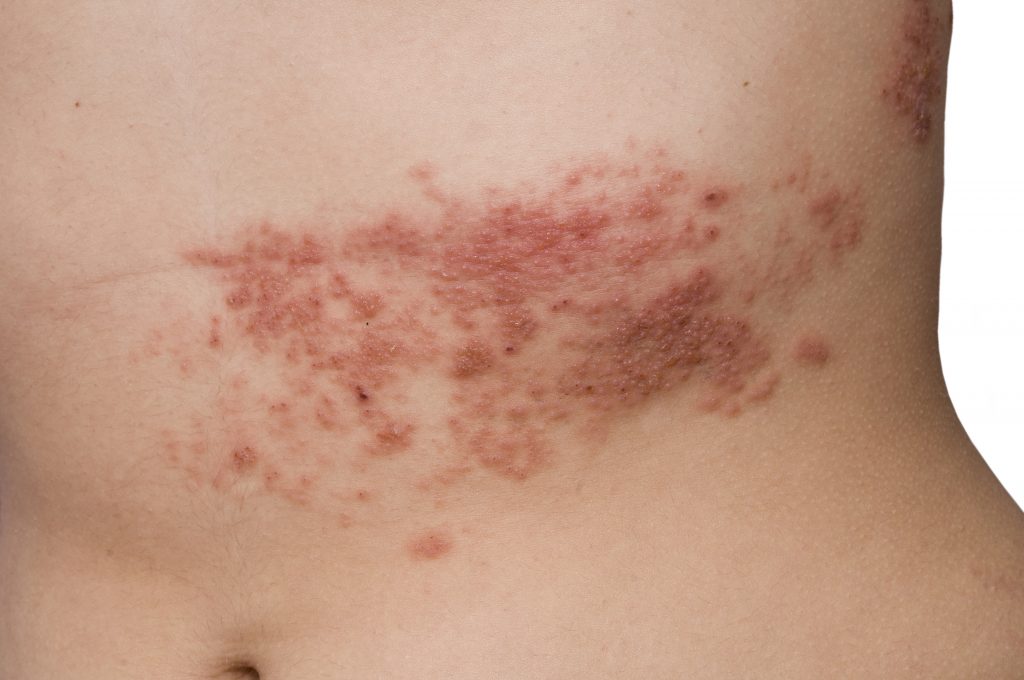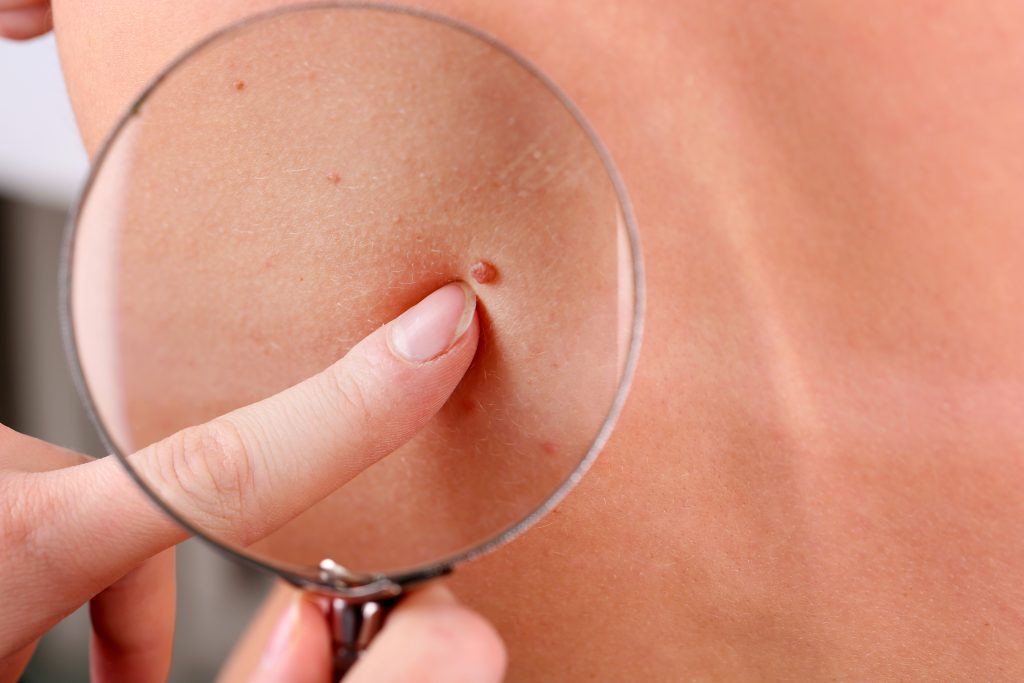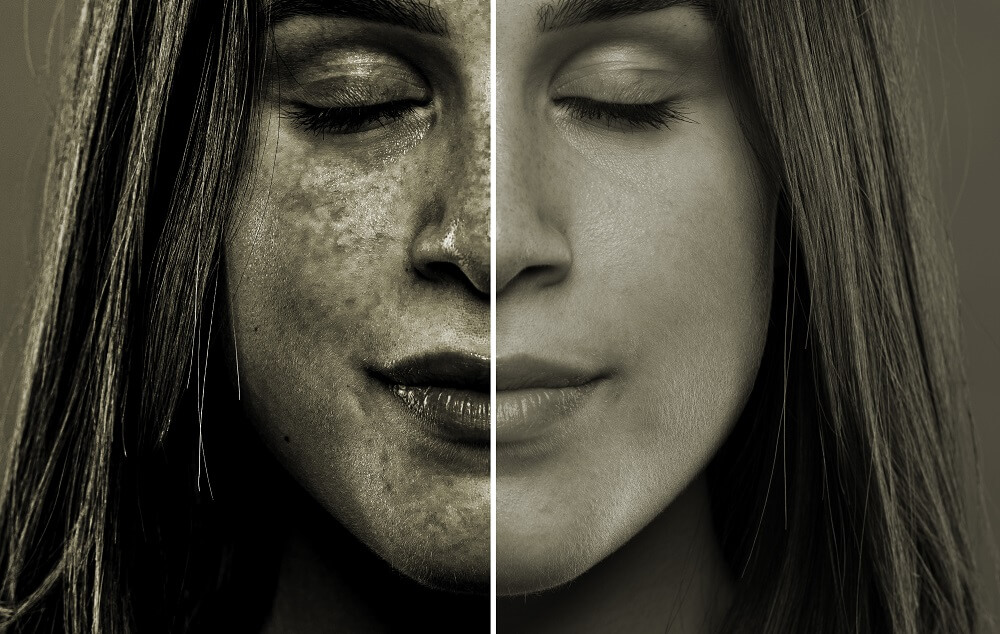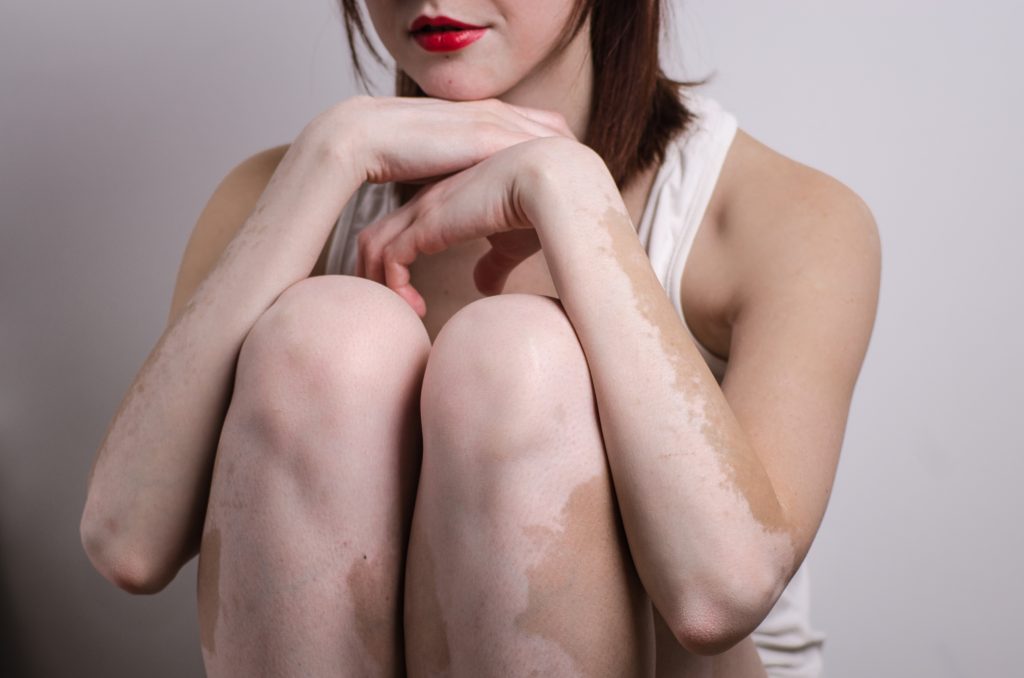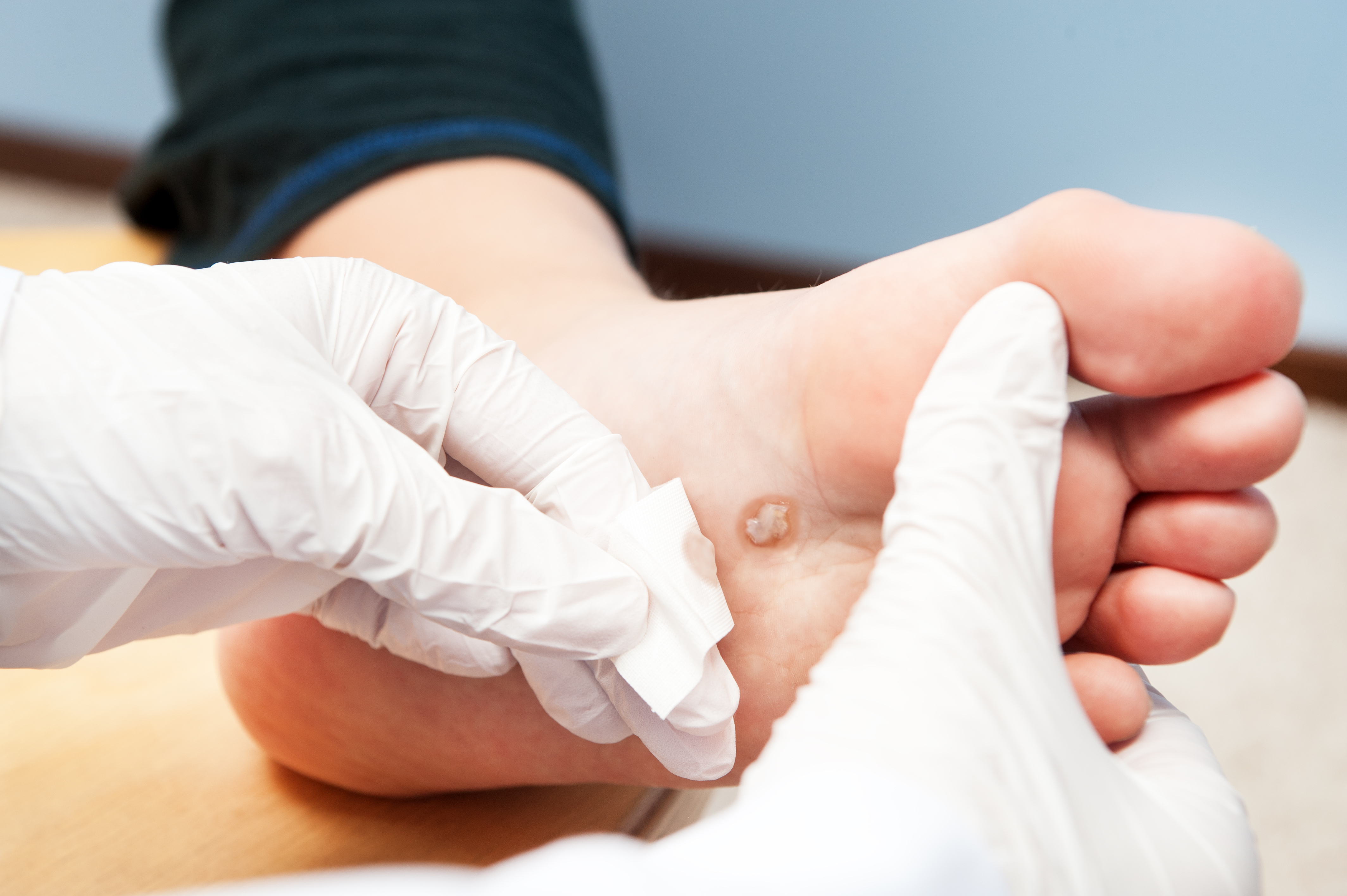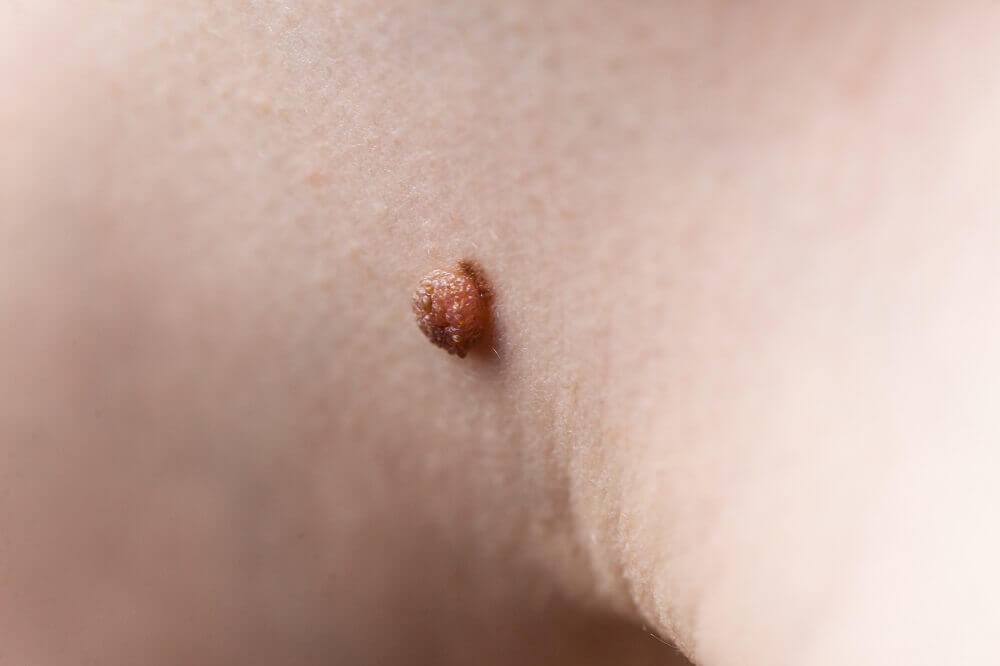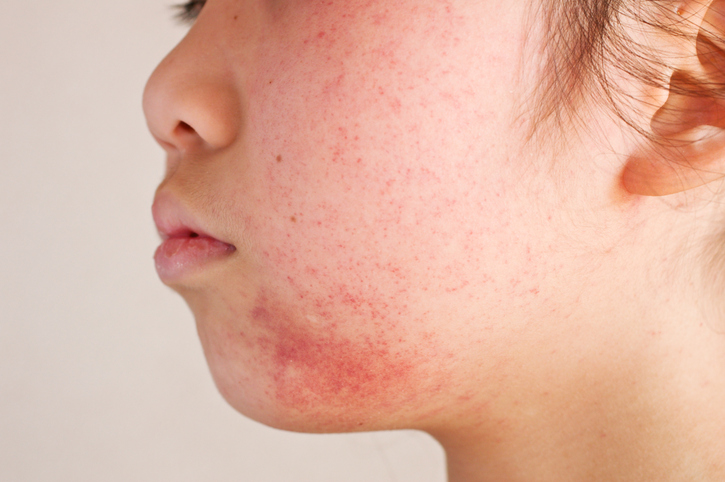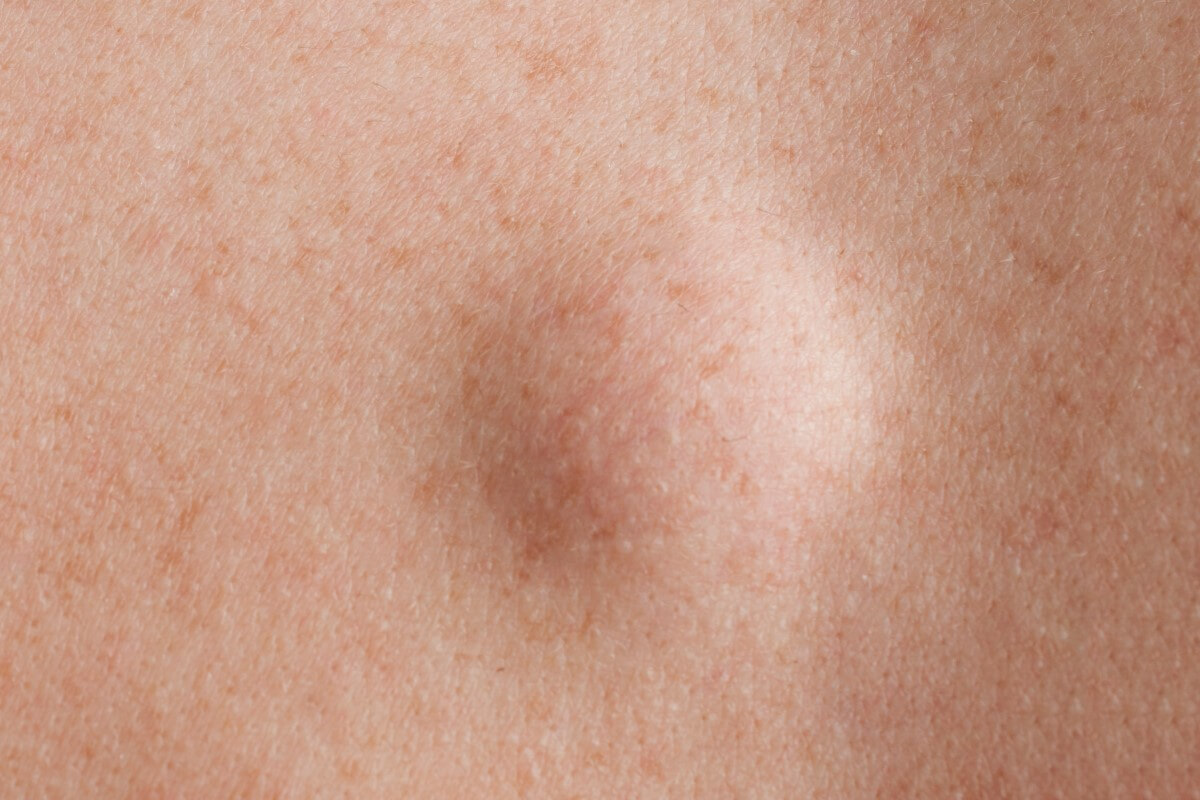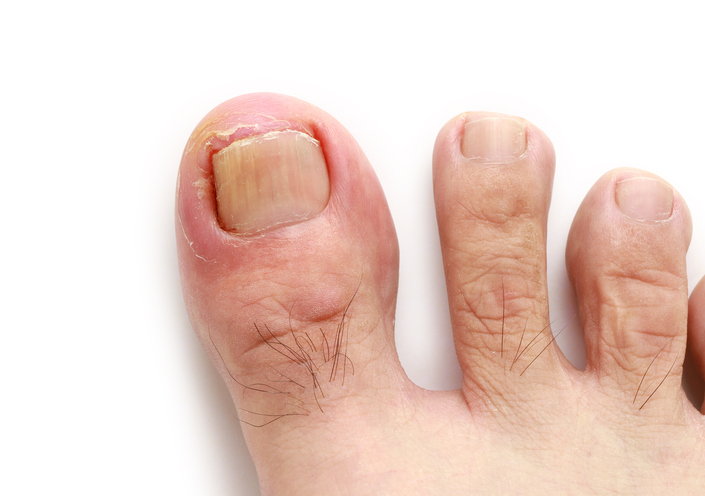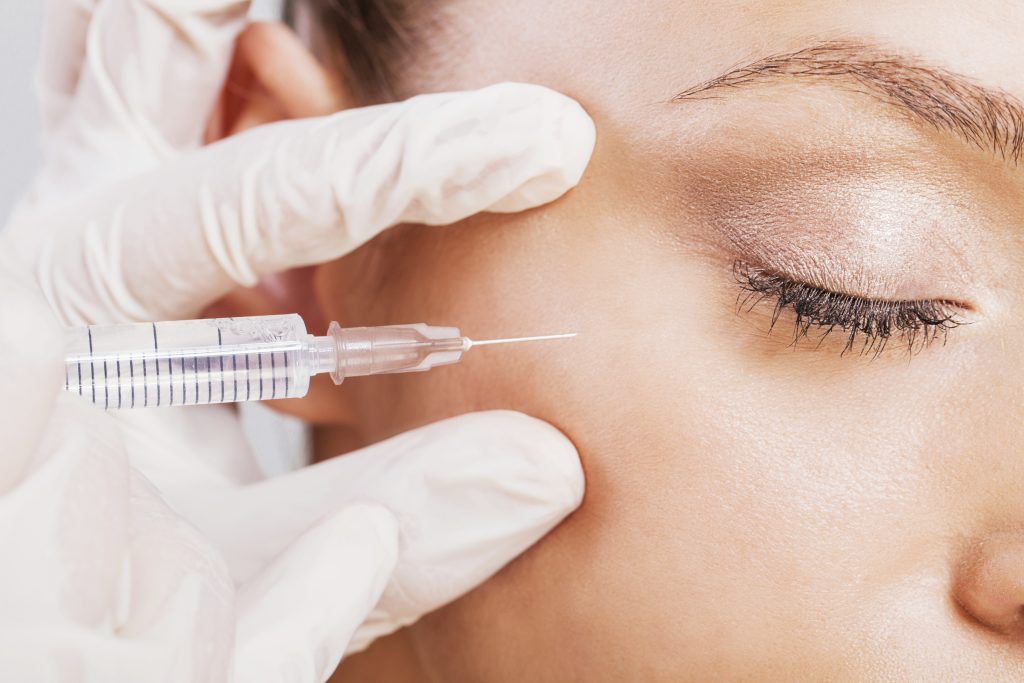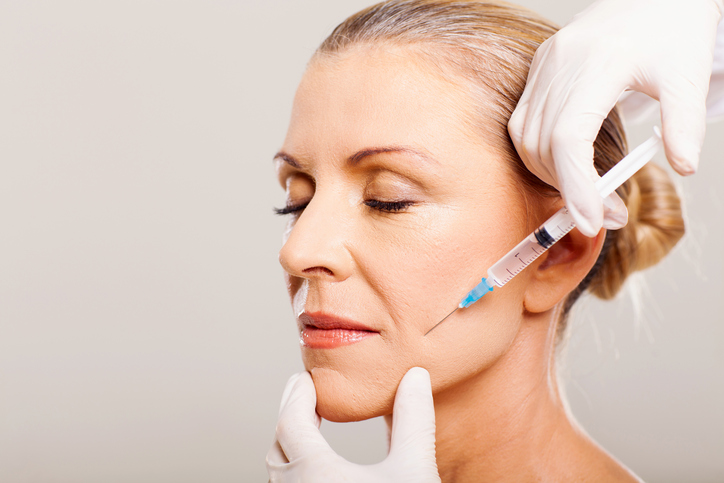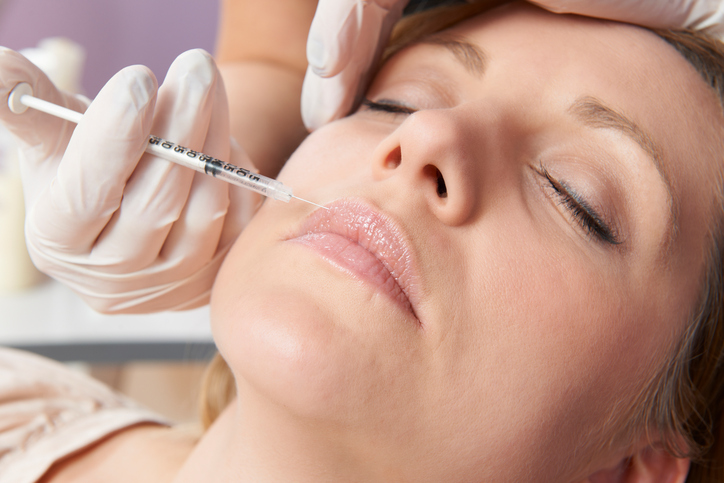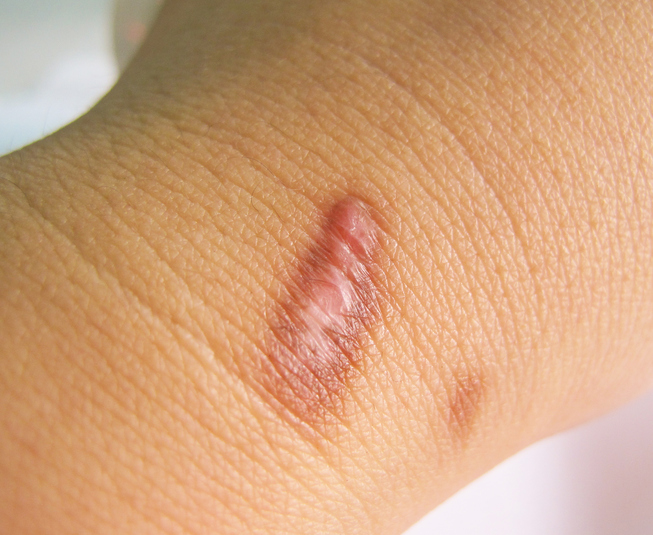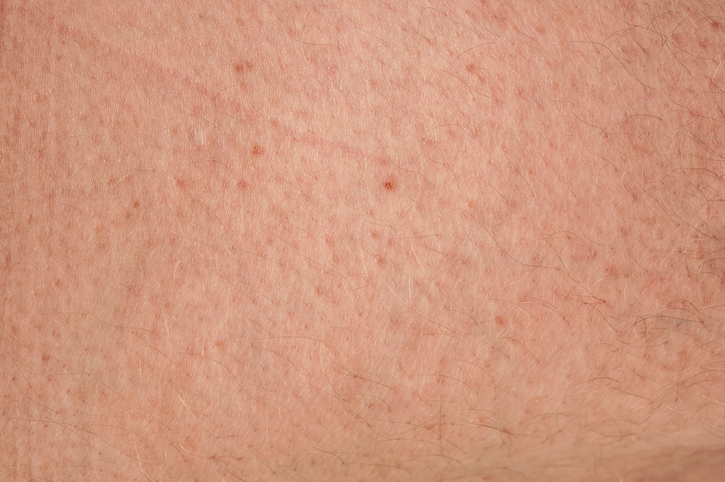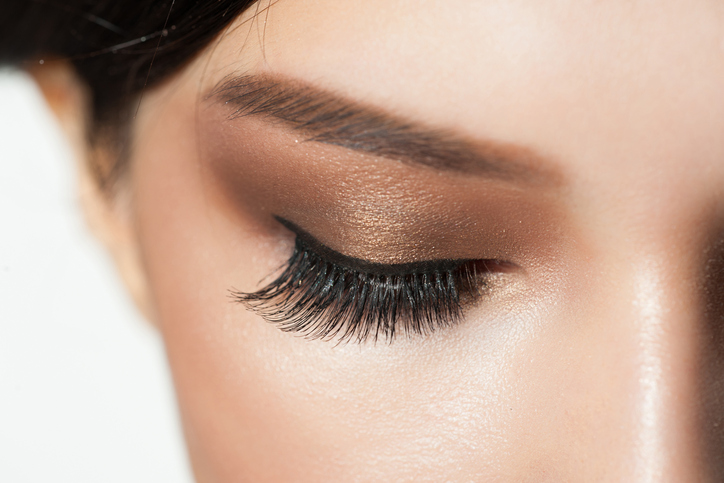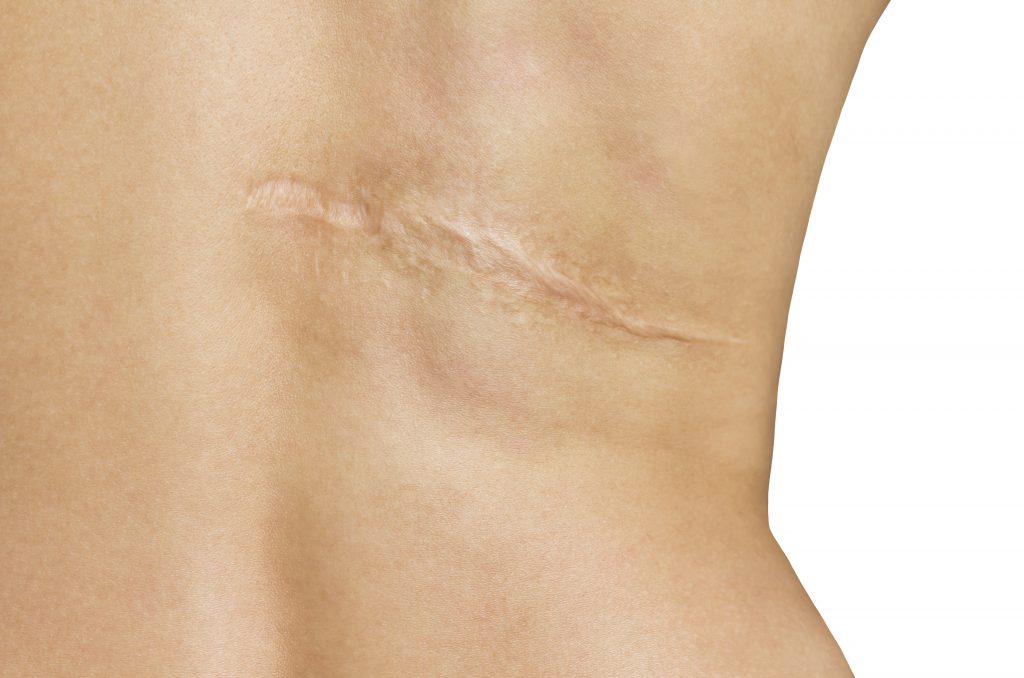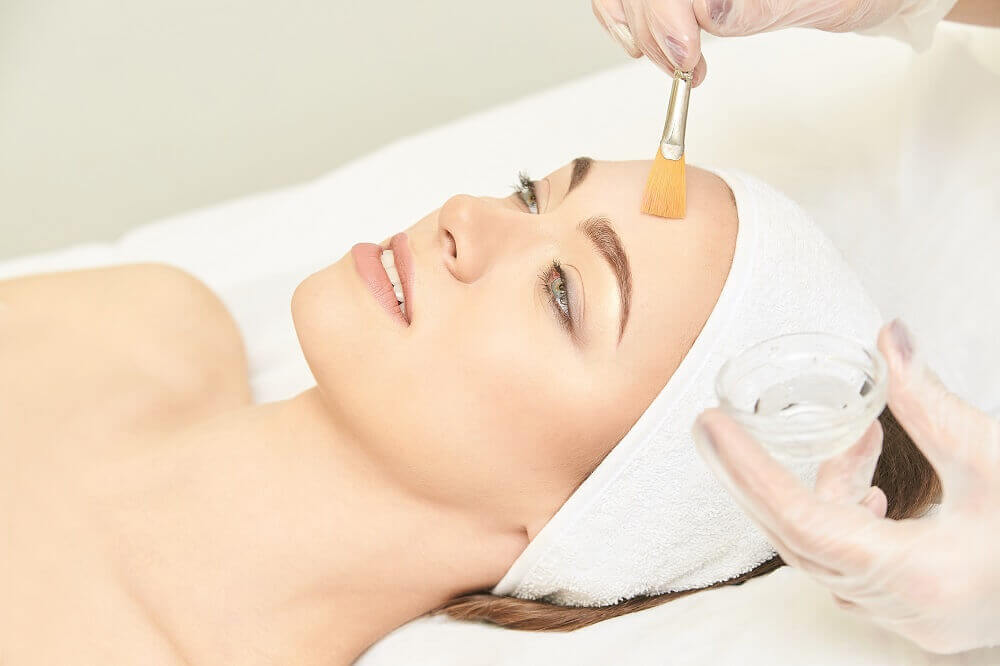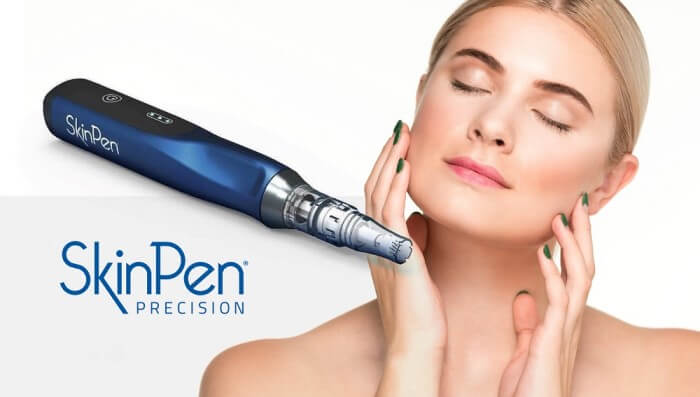Dr. Amy McClung is board certified by the American Board of Dermatology. She was born and raised in Houston, Texas. She graduated magna cum laude from Rice University with degrees in Kinesiology and Spanish. As an undergraduate, she was elected into the Phi Beta Kappa honor society. While attending medical school at The University of Texas Medical Branch, she was elected to Alpha Omega Alpha, the honor society for top medical graduates. After completing a transitional year at Christus St. Joseph Hospital, she went on to complete her dermatology residency training at Baylor College of Medicine in Houston, Texas.
Dr. Amy McClung has been published in several peer-reviewed journals and presented research findings at national medical conferences. She has also volunteered her skills on medical mission trips to Mexico and Nicaragua. She is active in several medical organizations, including the American Academy of Dermatology and the Texas Dermatology Society.
During medical school, Dr. Amy McClung completed independent research on skin protection in runners and the behavioral motivation of tanners. Dr. McClung has a special interest in the diagnosis and treatment of skin cancer, skin care for runners and other outdoor athletes, and cosmetic dermatology. She loves being able to see and treat patients in a variety of age groups, with a variety of conditions. She enjoys the continuity of care and getting to know her patients and their families. She likes being a part of skin cancer prevention, diagnosis, and treatment, and helping patients feel more comfortable in their own skin.
Her favorite way to spend her leisure time is to spend time with her kids and husband, run, and watch movies. Dr. Amy McClung has completed nine marathons, is training in a Rogue running group, and volunteers for Marathon Kids. She and her husband, Christopher, have recently welcomed their third child, a daughter. Her “first-born child” is a golden-doodle named Jas. She loves to travel, especially to beaches. She has lived in Scotland, Singapore, and Malaysia and attended three different high schools. Her favorite food is healthy, spicy vegetarian (Mexican and Indian).
Dr. Amy McClung treats patients in Austin, Texas at U.S. Dermatology Partners Brodie Lane, formerly Evans Dermatology.
Badges & Awards
Additional Languages
-
Spanish
Specialties and Affiliations
- Phi Beta Kappa Honor Society
- Alpha Omega Alpha Honor Medical Society
- American Academy of Dermatology
- Texas Dermatology Society
Badges and Awards
Featured Articles
- Why Do We Sweat? Learn Why Our Biology is Pouring Out of Us
- 10 Things Your Dermatologist Really Wishes You Wouldn’t Do
Featured Blogs
- 42 U.S. Dermatology Partners Physicians Recognized by 2024 Super Doctors® Awards
- Super Doctors 2023 Recognizes 43 U.S. Dermatology Partners Physicians in Peer-Nominated Award
- Thirty-One U.S. Dermatology Partners Dermatologists Across Texas Received Super Doctor & Rising Star Awards
- Texas Monthly Super Doctors 2020 Recognizes 35 U.S. Dermatology Partners Physicians in Peer-Nominated Award
- Top 5 Benefits of Exercise for Skin Health
- Dermatologists' Top Skin Care Tips for Moms
- Texas Monthly Recognizes 26 U.S. Dermatology Partners Physicians


